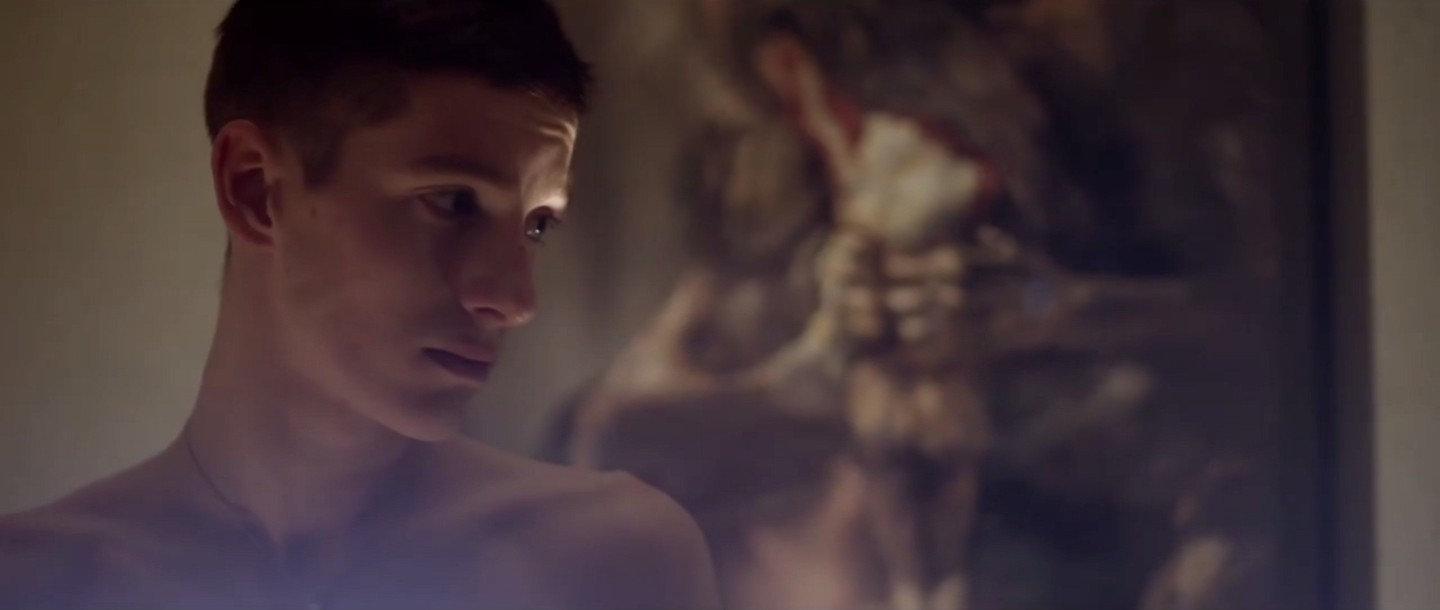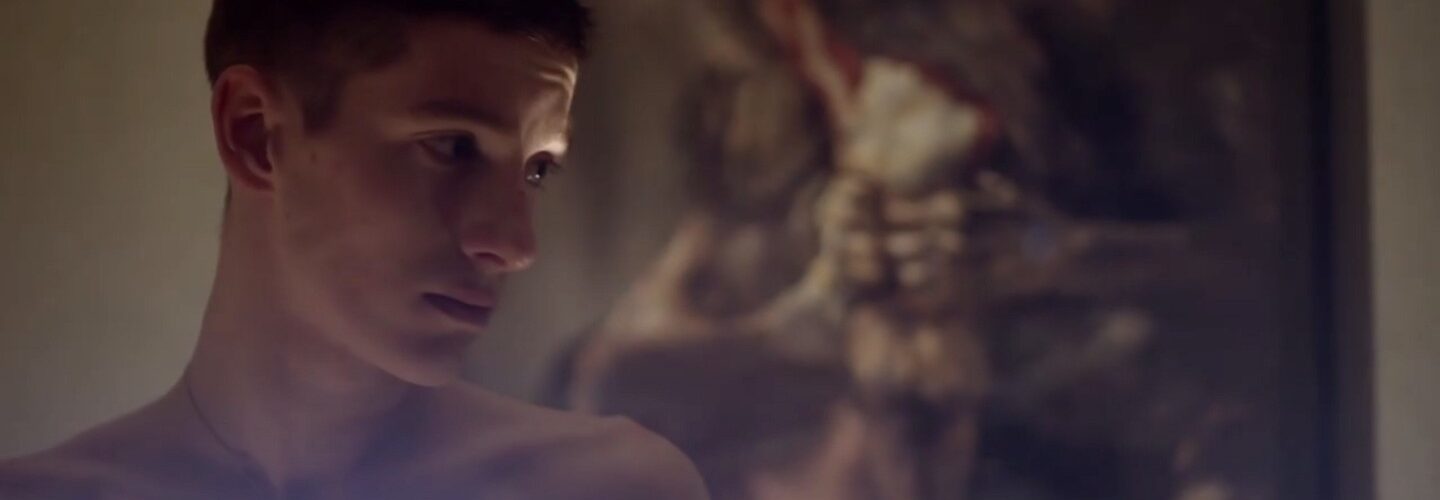
If you have even a cursory familiarity with the work of Matt Lambert (a director who’s a top contender for DN’s ‘most mentioned’ award), then you’ll know that his stories often deal with adolescents living their lives right on the precipice of anything which could be described as a comfort zone. The films and the behaviour depicted therein make for challenging viewing and are all the more rewarding because of that. Matt’s latest assault on refined sensibilities is Die Alphatier Trilogie – a triplet of shorts created for actor turned musician Westernhagen, which chart the clash of Berlin’s pre and post-unification generations as embodied by the destructive journey of the malefic Alpha Dog. Matt clues us into the production process behind the trilogy.
We don’t often get to see a single story develop over the course of three music videos for an artist. How did you initially pitch the concept to Westernhagen?
I was approached directly by Westernhagen’s management after they had seen my body of Berlin work over the past few years. After a meeting with Westernhagen, we decided to work together which then led to an off-and-on writing process for a span of a few months. There were a few notes, but overall the idea was to take my recent narratives/characters of youth in Berlin and bridge a gap between them and the old generation of Berlin’s West.
As we’ve discussed before, your work has always sat on the extreme edge of uncomfortable viewing but Alpha Dog is a particularly brutal character. Was there a concern from Westernhagen or yourself that his nature would turn audiences off?
I definitely toned him down a lot to make him more accessible since this is a project that had massive audience reach in Germany. However, I never felt there was anything innately over-the-top about the character. Rather, he operated as a metaphor for the generational tensions that exists in such a densely-layered social structure like in the East of Germany.
There are definite Oedipal beats in Die Alphatier Trilogie – were there other sources outside of that classical tale which informed the story?
Oedipal (and some Kronos) beats came later once I had to raise the steaks for the character leading into act two. There are quite a few subtle reference to Haneke’s Benny’s Video (one of my favorite films) as well as some Fassbender blocking and compositional nods. There were even moments that were pulled from classic Westernhagen songs from the 70s.

You mix professional and non-professional actors in the film. How did you work to the varied experience levels to bring their performances together as a believable whole?
Our actors had a wide range of experience. Some had appeared in other projects of mine and Westernhagen had a proper acting career before he started his musical one. The main roles of the Son and Step-Mother were played by Ben Spranger, who was street-casted after seeing over 100 options, and Lea Mornar who is a seasoned European actress. I workshopped scenes closely with Ben over the span of a week and he went through actual emotional transformations during the three days of shooting (which I attempted to shoot chronologically due to this). Lea led their relationship until he was ready to overtake as the dominate figure — much like how the story was written. The film is about tensions and worlds colliding, so different styles of directing and ranges of experience made sense for each actor.
Mathias Schöningh’s camera work is excellent as always and the colours are sumptuously vivid. What was your setup?
This was the first time I had worked with Mathias since WAR and brought him back for his visual work, but also narrative feature experience. We shot on Alexa with Zeiss Master Prime lenses. I did the color grading with Marcus Badow.
What was it that drew you to shoot in the West of Berlin instead of the more typically used East of the city?
A majority of the East has been exhausted by film and photo shoots and has been the place where local and visiting ex-pats try to emulate the grime of ‘real’ Berlin. Not only was I tired of this concrete aesthetic, but it felt too easy to blame our character’s state-of-mind on growing up in a council estate. The West has so much untapped depth and its whimsical construction plays as a wonderful contrast against our dark and primal narrative. Additionally, it highlights the disconnect between Berlin’s youth and its pre-unification parents.

The three films combined run at 18 minutes but you only shot for three days. Were there particular strategies you used to keep momentum on set?
We had a lot of cast and crew prep, but also allowed for myself and Mathias to discover and redefine scenes and some of the narrative structure as we shot. We had no client on-set and no traditional client to answer to at all, so we had the freedom to move as fast as we like and capture the essence of each scene rather than having to adhere to board. Some scenes were unblocked, giving actors singular objectives with us then reacting to them.
As well as Die Alphatier Trilogie you’ve created seven ancillary videos. How do they relate to the main narrative and what’s the plan for those films?
The majority of these were directed by one of my regular DOPs, Cezary Zacharewicz, with my creative direction. Each of the scenes revolve around the main story and often are single-moments with a character after they’ve moved on from their main scene. This allowed us to piggy-back off of existing sets, art, costume, light, etc. and for our characters to have the chance to improv within the space I’d defined for them in their primary roles.
Are there any of your new projects you’d like to tease us on?
I’m currently in post-production on a music video for Hercules and Love Affair and another for Austra. I’m also developing my first feature film projects and working on several book projects in tandem to an exhibition of my photography work.


